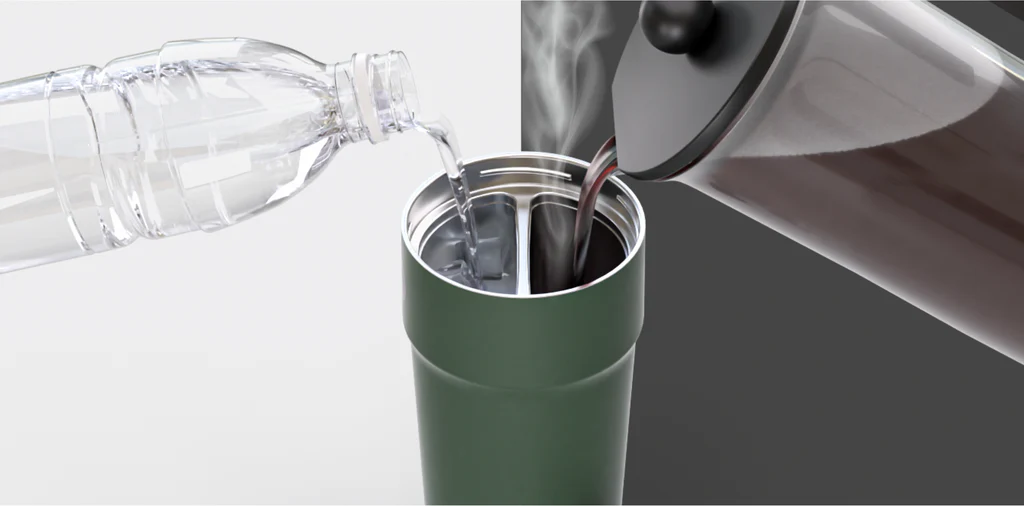Unveiling the Mystery: Exploring the Relationship Between Liters and Ounces
The world of measurement can be a labyrinth of units, especially when it comes to quantifying liquids. In the United States, ounces (oz) are a commonly used unit for measuring smaller volumes, while liters (L) are prevalent in many other parts of the world and are increasingly used for larger volumes. This article delves into the conversion between liters and ounces, exploring the history of these units, their applications, and practical methods for conversion.
A Historical Journey of Liquid Measurement
The measurement of liquids has a rich history dating back millennia. Early civilizations devised various methods to quantify the volume of liquids, often using everyday objects or natural elements as reference points. Egyptians used clay vessels of specific sizes, while Romans employed units like the “amphora” and the “sextarius.”
Over time, standardized measurement systems emerged. The ounce, with roots in ancient Rome, evolved into a unit based on weight. The British Empire played a significant role in establishing the units used today, with the fluid ounce defined as the volume of one avoirdupois ounce of water at a specific temperature.
The liter, on the other hand, has its origins in the French Revolution. French scientists sought a new decimal-based system of measurement, and the liter was born, defined as the volume of one cubic decimeter (a cube with sides measuring ten centimeters each). The liter eventually became the base unit of volume in the International System of Units (SI).
Unveiling the Mystery: How Many Ounces in a Liter?
The answer to the seemingly simple question of “how many ounces in a liter” is straightforward: there are 33.814 fluid ounces (fl oz) in one liter. It’s important to note that there are two main types of ounces used for measuring liquids:
-
Fluid Ounce (fl oz): This is the standard unit used for measuring liquids in the United States and some other countries. It is specifically defined as the volume of one avoirdupois ounce of water at a specific temperature.
-
Imperial Fluid Ounce (imp fl oz): Used primarily in the United Kingdom and some Commonwealth countries, the imperial fluid ounce is slightly larger than the US fluid ounce. One imperial fluid ounce is equal to approximately 1.04 US fluid ounces.
Therefore, when converting liters to ounces, it’s crucial to specify the type of ounce being used to avoid confusion. Here’s a table summarizing the conversion:
| Liters (L) | US Fluid Ounces (fl oz) | Imperial Fluid Ounces (imp fl oz) |
|---|---|---|
| 1 | 33.814 | 35.195 |
Conversion Tips:
- To convert liters to US fluid ounces, multiply the number of liters by 33.814.
- To convert liters to imperial fluid ounces, multiply the number of liters by 35.195.
- Conversely, to convert US fluid ounces to liters, divide the number of ounces by 33.814.
- To convert imperial fluid ounces to liters, divide the number of ounces by 35.195.
Beyond Conversion: Applications of Liters and Ounces
Understanding the relationship between liters and ounces is essential in various contexts:
-
Cooking and Baking: Recipes often list ingredients in either liters or ounces. Accurate conversion ensures proper measurements for successful culinary creations.
-
Beverages: Soft drinks, juices, and bottled water are commonly sold in liters or ounces. Knowing the conversion allows informed choices when purchasing beverages.
-
Scientific Measurement: While liters are the preferred unit in scientific contexts, understanding ounce conversions can be helpful in specific instances.
-
International Trade: As global commerce increases, the ability to convert between liters and ounces is valuable for navigating international measurements.
Practical Methods for Conversion: Beyond Pen and Paper
In today’s digital age, there are numerous resources readily available to simplify unit conversions:
-
Online Conversion Calculators: Websites and apps offer user-friendly conversion calculators that can instantly convert between liters and ounces (and other units) upon entering the value and specifying the units.
-
Smartphone Apps: Several conversion apps can be downloaded on smartphones, providing quick and convenient access to unit conversion tools on the go.
-
Kitchen Tools: Measuring cups and spoons with markings for both liters and ounces can be practical solutions in the kitchen.
By utilizing these methods, you can ensure accurate conversions and avoid measurement mishaps in everyday situations.
Frequently Asked Questions (FAQ)
This section addresses some of the most common questions regarding liters and ounces:
- Q: Which unit, liters or ounces, is larger?
A: One liter is larger than a US.



